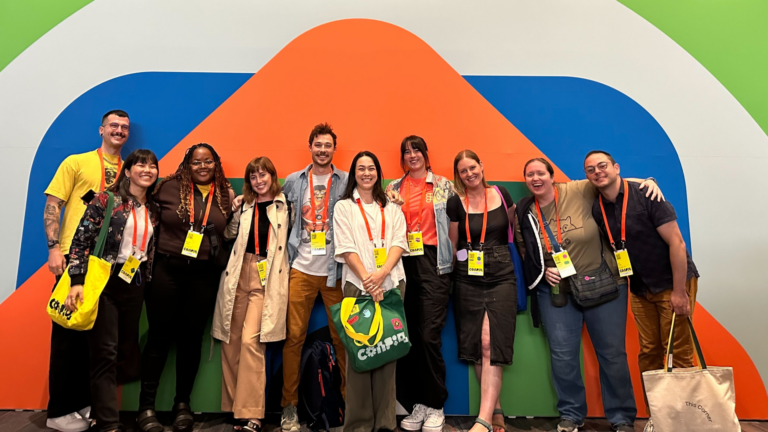For Media, Quality Transcends Time

When it comes to pop culture, and especially music, I’ve always been fascinated with obscurity and eccentricity.
In the pre-internet days when it was a lot harder to research esoteric 70’s prog bands like say Gentle Giant and Camel, that meant going so far as to dig through the microfiche and back catalogs at the local library… and I had reams of photocopied articles to show for it. That kind of geeky determination is in no short supply around here, so I don’t feel as quirky as I used to when I was a kid; often if I mentioned a band like Nektar around my parents’ friends who happened to be dimly aware of them, I’d hear: “What? How do you know anything about that? You weren’t even born yet!”
That sentiment always felt broken to me, but it really doesn’t make sense anymore in the mash-up enthralled and YouTube enabled present. There’s a wealth of media out there available at our fingertips now, thankfully including massive archives that go back to the dawn of the mediums. Will people dig deep into the roots and influences of their favorite artists when it’s as simple as a click away, based on smart contextual tagging? I think that if it’s worth discovering (and let’s face it, not everything is), they will.

Brad and I had a great (and nerdy) back and forth on the topic that fueled this post—I’m just going to provide it here rather than distill, because I think it’s more fun:
RUSS: I think it’ll be interesting to watch how the overwhelming availability and choice of media plays out in the next generation… it breaks up some of that collective pop culture consciousness we all had from listening to the one or two radio stations in our hometowns that crammed Top 40 or Classic Rock down our throats. Smart tagging establishes continuity that to be fair, was a little harder to piece together before the days of the Internet. I saw a high school kid on the street in North Philly the other day with a “Dark Side Of The Moon” t-shirt, clearly of his own selection. That album is 40 years old now. Had I covered a similar time span when I was in high school I would have been wearing a t-shirt from… Oscar Peterson? Eddie Fisher? Frankie Laine? Unlikely.
BRAD: That’s an interesting point. It makes me wonder, though, if that generation of rock (Beatles through what, Zeppelin?) is an anomaly. You don’t see as many kids wearing Depeche Mode or Bell Biv DeVoe shirts, do you? And there is a certain niche culture that lionizes Floyd, the Dead, Hendrix, etc. in ways that don’t apply to the other 99% of acts from their time. There’s no doubt Floyd is more relevant than one would expect 40 years on, but is that more due to their place in music/pop culture history or technology?
Still, I think people who were born long after the recordings do legitimately enjoy Rat Pack-era Sinatra. I’m a big fan of Joplin rags. And while I don’t think I could name any, I appreciate a good 50’s era pop tune now and again. I don’t know if that happened in previous generations.
RUSS: Joplin rags feel like an appropriate soundtrack for you and your doings. For the blog post, I’ve been thinking about what this means for experience design, and have a few thoughts (surprise!). First, those of us who predate the Internet need to be cognizant of the fact that media is no longer anchored in time, if indeed it ever really was in the first place. There’s no reason to assume that Gen Y folks couldn’t possibly know who Paul McCartney is (even if there’s some evidence to the contrary). There’s no reason to assume you can’t have success with a Shirley Temple remix in a commercial. And it’s harder than ever to pick any kind of currently active pop culture icon and assume your audience will be familiar with them. When you boil it down, it’s about the context, the substance, and the quality of the media—the things that transcend the “popularity” and the timestamp.
BRAD: Yeah, perhaps it’s a positive side-effect of being overwhelmed by media… that we’ve become better identifiers of quality, even if it’s out of “our time”. As for how it aligns to experience design, I think it goes to the point of right time, right place, right application.
Brad then nicely summed it up for me this way: we’re always analyzing our audience and picking the right tools to help them (and our clients) achieve their goals—as this is for interaction and information design, so it is also for media selection/placement.



